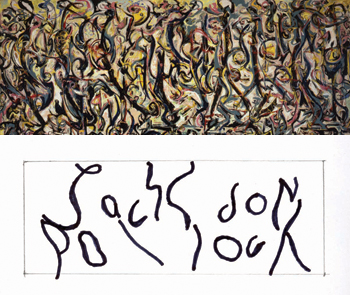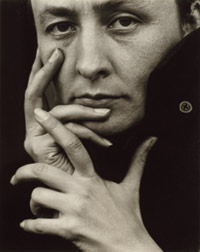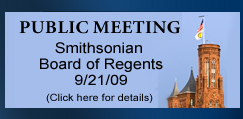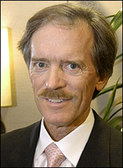The Milwaukee Art Museum, a symbol of the city, took on a new hue last night: The winged Santiago Calatrava-designed addition began to glow in the dark, in a bright shade of pink. This will continue for 10 days, all told, enhancing its spectacle value and prominence in the city’s skyline.
The glow is a product of marketing and what the museum is calling community involvement. Staff had already chosen pink as the prime color for the ad campaign for its big fall exhibition — Andy Warhol: The Last Decade — when along came representatives from the Susan G. Komen Race for the Cure. October is Breast Cancer Awareness month, and the Milwaukee Race starts at the museum’s lakefront spot on Sunday. The Warhol show opens Saturday.
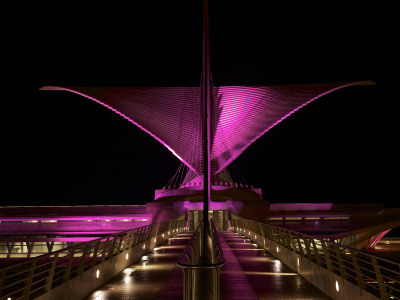 So the museum is donning pink from 7:00 p.m. to 10:30 p.m. each night for a while. And, in another show of synergy and support, museum is offering free admission on race day to all cancer survivors participating in the race and $2 off admission to everyone else who runs in it.
So the museum is donning pink from 7:00 p.m. to 10:30 p.m. each night for a while. And, in another show of synergy and support, museum is offering free admission on race day to all cancer survivors participating in the race and $2 off admission to everyone else who runs in it.
The museum as never been lit like this for more than a few hours, and never in conjunction with a cause. But it would like to do so in the future — if there’s another good fit and if the requisite funding can be found (in this case, it was provided by the Pellmann Center for Medical Imaging).
Reminiscent of the Empire State Building, in other words, whose color scheme changes frequently and is watched and talked about.
Photo Credit: Frank Meyl, Courtesy Milwaukee Art Museum

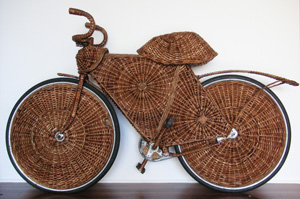 Every now and then you run across an exhibition that blends art that’s fun with creative marketing. I thought I found one today.
Every now and then you run across an exhibition that blends art that’s fun with creative marketing. I thought I found one today. 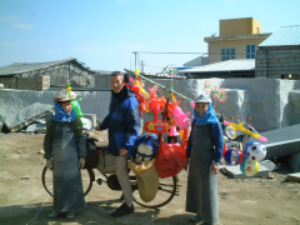 The point, the letter said, was that the Aldrich “is always thinking of new ways to look. look again.
The point, the letter said, was that the Aldrich “is always thinking of new ways to look. look again.